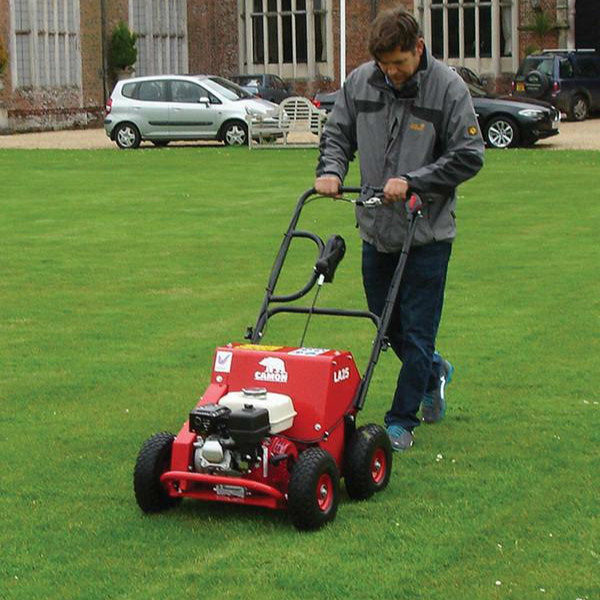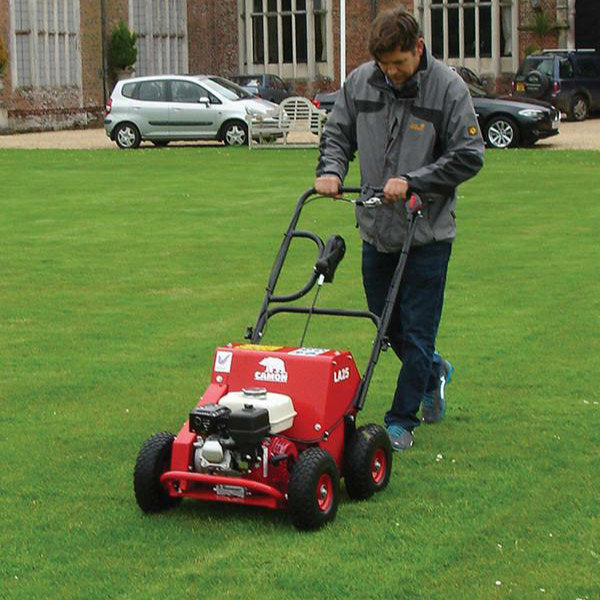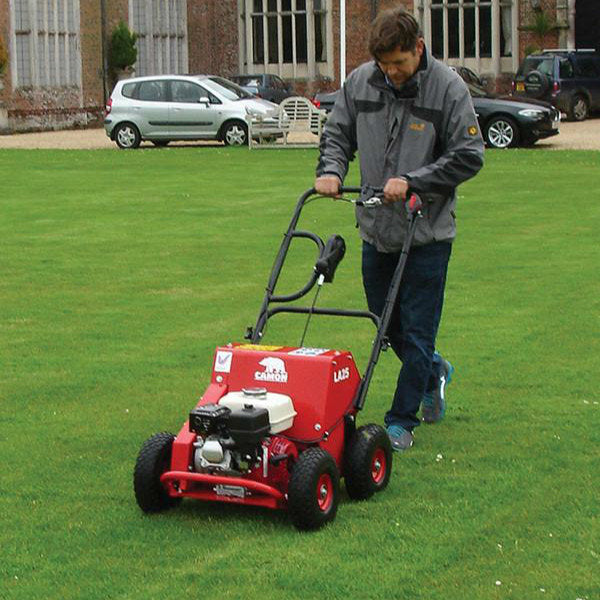Lawn Aerator Hire
Prices are Ex Vat
Lawn Aerator Hire - Day is backordered and will ship as soon as it is back in stock.
Please note we only hire within Co.Donegal and Surrounding Counties.
If you require Long-Term Hire anywhere in Ireland / Northern Ireland
Contact our Store on 0749167777 or email jwatson@watsonhire.ie
Competitive Long Term Hire Rates Available.
Prices are estimates only and are subject to change without notice. Please Call the shop on 074 9167777 or complete the form below to get the latest price.
Delivery
Delivery
Delivery rates vary depending on your location and will be confirmed when you call to book with one of our representatives.
Description
Description
Payment & Security
Payment methods
Your payment information is processed securely. We do not store credit card details nor have access to your credit card information.



